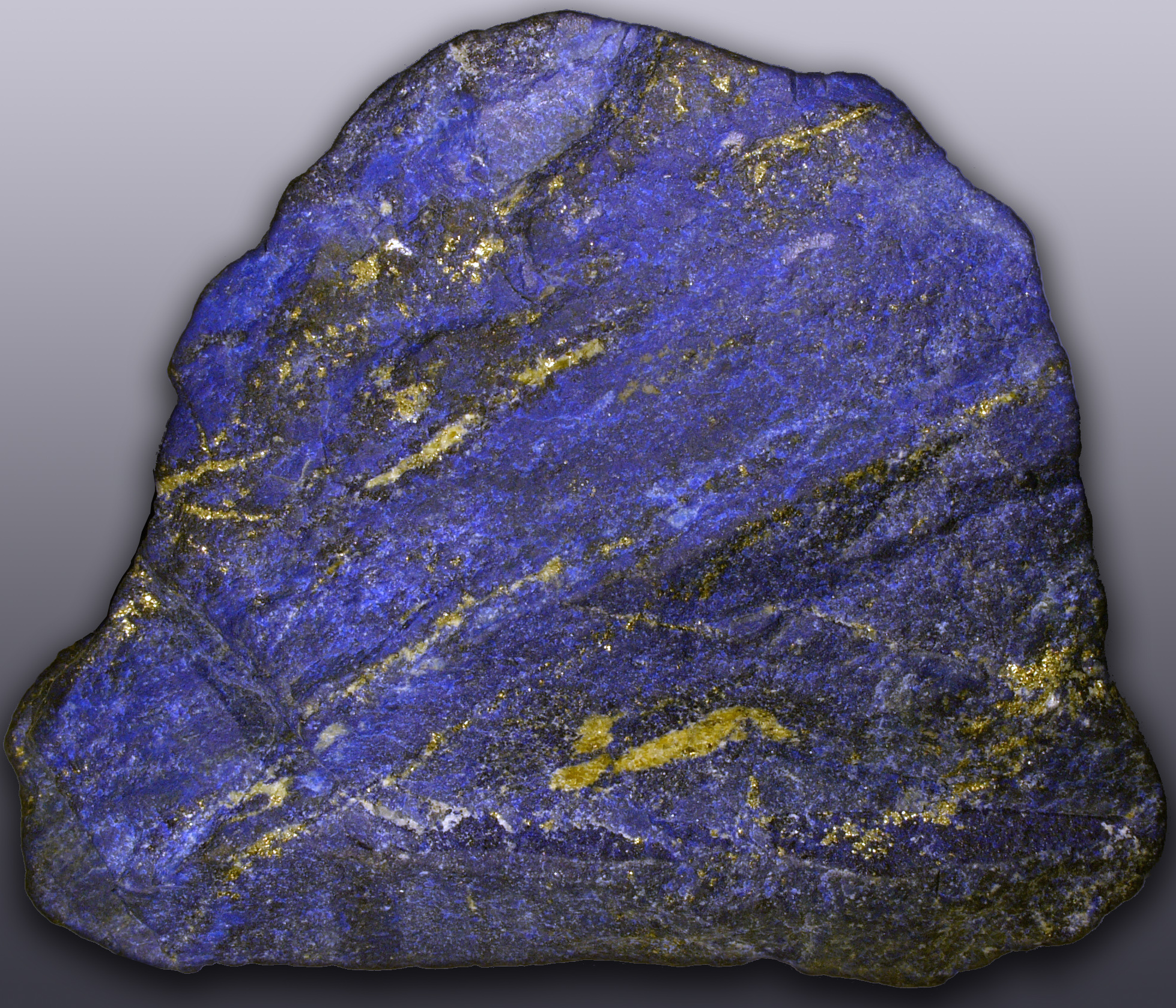My last post was about mages and some of the methods that mundanes can exploit to stop a loose cannon wizard from becoming an arcane tyrant. Some brainstorming caused me to think up more ideas. Some of these are inspired by the Witcher series, which is all about using alchemy and special materials to take down supernatural creatures.
Hallucinogens and other Mind Altering Substances
Being a caster requires some mighty mental discipline, unwavering faith, or extreme focus. You take that away and the caster just becomes a normal, albeit tripping, mortal like the rest of us. Many a mage hunter will keep these on hand to take down pesky magic users, though it can be dangerous for the user if using a smoking hallucinogen. That's why more often than not, mage hunters use digestible drugs in food to get to the mage.
 |
| Tripping (Source) |
Hallucinogens are primarily a role-playing issue rather than a poison. There isn't a saving roll for the drug itself. Rather, there are mental rolls to force a state of lucidity so you can take action. Otherwise, you are likely under the influence of mental illusions as you go through a bad trip.
Hallucinogen: When the mage is under the effect of a hallucinogen, whenever they wish to cast a spell, they must roll a d20 and add their casting stat to the roll. This is rolled against the following DCs (5e):
Weak Hallucinogen: DC 5
Moderate Hallucinogen: DC 10
Strong Hallucinogen: DC 15
If you are playing ACKS or similar like I do, then this is a Poison/Death roll with a +4/-4 modifier depending on the weakness and severity of the Hallucinogen.
Success means that they are able to pull it together for a brief moment and cast their spell normally. Failure means the spell is cast, but something changes. This is a great chance to use a Wild Magic, Chaos Magic, or other crazy magic table to roll on and see what happens. Go crazy with it. If you don't have one, you can use the following (until I make a crazy Wild Magic list).
- The spell doesn't work, but still uses up a slot. You take 1d4 damage per spell level.
- A different spell on your list is cast, GM's choice.
- The spell's cosmetics changes. Fireball becomes purple and grease smells like lavender.
- Something cosmetic changes either you or the target(s). Hair color, smell, clothes, gender, whatever you or the GM decides. It lasts for 1d6 hours.
- The spell casts for free, without using a slot.
- The spell heals you or your target for 1d4 per spell level.
Cerulean Smoke Bomb
Also called "devil's ink" and "bat smoke", this concoction was first brewed by assassins from a land of rajahs halfway across the world. Using the secrets of gunpowder mixed with ultramarine (ground lapis lazuli) and devilfish ink, alchemists create a smoke bomb that puts the victim in coughing fits and makes it hard to breath or see. What is interesting is that the smoke has the secondary effect of interfering with spell casting. The magic from the ultramarine and the ink blocks arcane, divine, and ki energy and makes it attack the user if pushed too far.
 |
| Lapis Lazuli |
Cerulean Smoke Bomb: You can throw the smoke bomb up to 20 feet. The smoke fills up a 10 foot wide cube. Any one trapped in the smoke is blind. On the start of their turn, they must make a Constitution saving throw (5e) or a Poison/Death saving throw (ACKS). Success means you hold your breath long enough and can act normally. Failure means that they lost out on an action due to coughing fits. The victim can still move at half speed and end their turn.
If the victim is a caster, then their casting goes haywire. While the caster is in the smoke, they cannot cast any spells. Leaving the smoke can give them a chance to be able to cast. Anytime the caster tries to cast a spell, they roll a d20 plus their casting stat against a DC 20. Success means the spell goes through. Failure means that the spell attacks the caster, dealing 1d4 Constitution damage.
The cloud will dissipate after three rounds. The magic blocking effects on the caster lasts for 3 rounds after they leave the smoke cloud.
.png/revision/latest?cb=20131007141858)